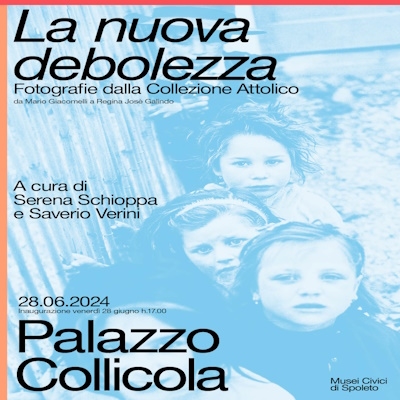HISTORY
The name of this town comes from gens Vibia, a Roman noble family who owned much property in the area. Its urban layout is typical of a medieval castle. Built on a hilltop to dominate the Tiber Valley, its strategic location was the object of the territorial ambitions of the powerful neighbour Todi, which ruled over it for a long time. Repeated rebellions finally forced Todi to raze the town's walls. In 1303 the fortress was rebuilt by the larger city, adding it to its defensive system. The proud character of the residents, however, prevailed until 1596, when Todi finally consolidated its power. In the Napoleonic era the village flourished, opening up to new ideas with initiatives of great importance. It finally became an independent comune after the Second Pontifical Restoration in 1814.
ART, CULTURE, ENVIRONMENT
The heart of town is home to a real gem, the unique Concordia Theatre. Considered the world's smallest theatre, it can seat 99 spectators in boxes and the stalls. It was inaugurated in1808 and designed in the heyday of Post-Revolutionary French style, named in celebration of the "Concordia tra i Popoli" (or Harmony among the People), a dominant trend of thought all over early 19th century Europe. It was constructed at the behest of several illustrious local families as a place for entertainment and gathering.
In the historical centre, a faithful reproduction of the urban layout of a fortified medieval town, you'll find the Church of Sant'Illuminata or ‘of the Holy Crucifix' (dating to the 15th century) where a wooden cross dating to the 1400s is venerated. Other places worthy of note are the tower of Porta di Maggio, a crenulated tower that stands guard over the valley towards Todi, the city this village had to defend itself from many times over, the church of Santi Filippo e Giacomo dating to the 19th century, and the chapel of the Madonna delle Carceri dating to the 16th century.
The surrounding area also has some noteworthy landmarks, like the remains of the abbey of San Lorenzo in Vibiata, an ancient Romanesque building, in Doglio the abbey of Santa Maria in Monte and the oratory of Santa Maria alle Rotelle, which dates to the 17th century.
From the terrace of Piazza Vittorio Emanuele II you can enjoy the spectacular, wide open panoramic view of the south of Umbria, all the way to the mountains of Lazio and Abruzzo.
































